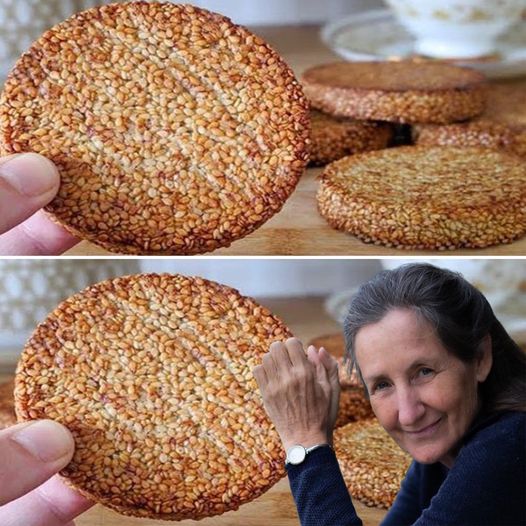In the realm of culinary indulgence, few dishes rival the satisfaction of a perfectly cooked beef steak. Elevating this quintessential dish from mere meal to a culinary masterpiece requires finesse, technique, and an understanding of the interplay between heat, seasoning, and timing. With the following guide, you’ll embark on a journey to master the art of searing beef steaks to tender, juicy perfection, each bite a symphony of flavor and texture.
Selecting the Finest Cuts: The foundation of an exceptional steak lies in the quality of the meat. Opt for premium cuts such as ribeye, sirloin, or filet mignon, each boasting its unique balance of marbling, tenderness, and flavor. Prioritize steaks that are at least an inch thick, ensuring a juicy interior while achieving a delectably caramelized crust during cooking.
Preparation and Seasoning: Before introducing the steaks to the heat, allow them to rest at room temperature for approximately 30 minutes. This crucial step promotes even cooking throughout the steak, preventing a stark temperature differential between the exterior and interior. Pat the steaks dry with paper towels to remove excess moisture, then generously season both sides with kosher salt and freshly ground black pepper, enhancing the natural flavors of the meat.
The Art of Searing: A heavy-bottomed skillet, preferably cast iron, serves as the canvas for crafting the perfect sear. Heat the skillet over medium-high heat, allowing it to reach an optimal temperature before introducing the steaks. A light coating of olive oil or vegetable oil ensures proper heat distribution and prevents sticking. Carefully place the seasoned steaks in the skillet, allowing them to sear undisturbed for approximately 3-4 minutes per side for a medium-rare doneness. Adjust the cooking time according to personal preference, noting that additional time yields varying degrees of doneness, from medium to well-done.
Enhancing Flavor Profiles: For those seeking to elevate their steak experience, the addition of minced garlic, fresh herbs such as rosemary or thyme, and a knob of butter during the final minutes of cooking imparts layers of complexity and richness. The aromatic infusion of garlic and herbs complements the natural umami of the beef, while butter lends a luscious finish to each bite, resulting in a culinary sensation that tantalizes the senses.
Achieving Perfect Doneness: To ensure optimal doneness, utilize a meat thermometer inserted into the thickest part of the steak. For medium-rare perfection, aim for an internal temperature of approximately 130-135°F (54-57°C), allowing for a rosy pink center that melts in the mouth. Remember that the steak will continue to cook as it rests, so remove it from the skillet slightly before reaching the desired temperature.
Rest and Serve with Panache: Following the culinary ballet of searing, allow the steaks to rest on a plate tented with foil for 5-10 minutes. This crucial step allows the juices to redistribute, ensuring a succulent and tender eating experience. With a confident hand, slice the steaks against the grain to maximize tenderness, presenting each portion with an artistic flourish. Accompany your masterpiece with complementary side dishes, whether indulgent mashed potatoes, vibrant roasted vegetables, or a crisp, refreshing salad.
Conclusion: In the realm of gastronomy, the mastery of searing beef steaks transcends mere sustenance, evolving into an art form that celebrates the harmony of flavors, textures, and culinary prowess. Armed with this guide, you possess the knowledge and skill to craft steakhouse-quality masterpieces in the comfort of your own kitchen, each bite a testament to your dedication to the culinary craft. Embrace the journey, savor the experience, and revel in the symphony of flavors that awaits with every perfectly seared beef steak.

Beef Steak
Ingredients:
- 2 beef steaks (preferably ribeye, sirloin, or filet mignon), about 1 inch thick
- Salt and freshly ground black pepper
- 2 tablespoons olive oil or vegetable oil
- 2 cloves garlic, minced (optional)
- 2 tablespoons butter (optional)
- Fresh herbs (such as rosemary or thyme), chopped (optional)
Instructions:
- Prepare the steaks:
- Take the steaks out of the refrigerator and let them sit at room temperature for about 30 minutes. This helps them cook more evenly.
- Pat the steaks dry with paper towels. Season both sides generously with salt and pepper.
- Preheat the pan:
- Heat a heavy-bottomed skillet (such as cast iron) over medium-high heat. Add the oil and swirl to coat the bottom of the pan.
- Cook the steaks:
- Once the pan is hot, carefully place the steaks in the skillet. Cook undisturbed for about 3-4 minutes on each side for medium-rare, or adjust the time according to your desired level of doneness (add a minute or two for medium, and a couple of minutes more for well-done).
- If you’re using garlic and/or herbs, add them to the skillet during the last minute of cooking. You can also add butter at this stage for extra flavor and richness.
- Check for doneness:
- To check if the steaks are done to your liking, use a meat thermometer inserted into the thickest part of the steak. For medium-rare, it should read around 130-135°F (54-57°C).
- Rest the steaks:
- Once cooked to your desired doneness, remove the steaks from the skillet and transfer them to a plate. Cover loosely with foil and let them rest for about 5-10 minutes. This allows the juices to redistribute, resulting in a juicier steak.
- Serve:
- After resting, slice the steaks against the grain and serve immediately. You can serve them with your favorite side dishes, such as mashed potatoes, roasted vegetables, or a simple salad.





